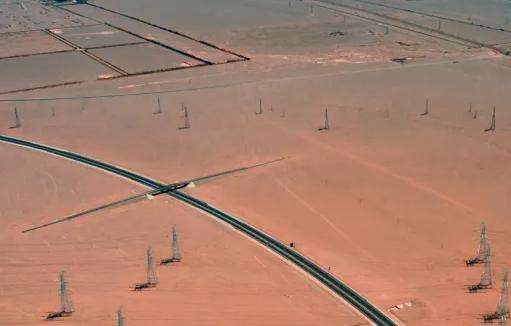Actually, there is no standard answer for how much to paint for flooring. This is not a question that can be answered with a simple, unified number. The dosage should consider the base surface material, hardness, flatness, thickness of the epoxy floor and other issues.
The epoxy floor system consists of three parts: a primer coat, an intermediate coat and a top coat. The material usage of these three floorings directly affects the material cost of the entire flooring project. Below are the factors that influence the quantity of these three coating materials.
1. Base surface strength. The base surface is the basis of the whole epoxy floor project, and the amount of base material of different strengths is different. The function of the epoxy floor primer coat is to strengthen the floor and at the same time make the coating ultepoxy flooring more closely integrated into the floor. The denser the floor, the less epoxy floor paint primer is absorbed and the lower the cost.
2. Flatness of the base surface. A flat base surface is the basis for epoxy flooring to have good aesthetic effects. Imagine, after applying a layer of mirror floor paint, the reflection on the floor will also be distorted due to the uneven base surface, which will look very uncomfortable and affect the normal use of the floor. Therefore, before applying the top coat of the epoxy floor, we will apply an intermediate coating to fill the concave positions on the floor and strive to achieve the highest flatness. The more potholes there are on the ground, the more intermediate surfacing materials will be consumed and the higher the project cost will be.
3. Coating design thickness. It is easy to understand that the more youapply a thick coat, the more material you use. There is no standard answer regarding the amount of primer and midcoat. The reason is that the base surface conditions are constantly changing and we cannot generalize. After the primer coat and intermediate coat are processed, the surface flatness, strength and other indicators of the floor are basically the same, and the dosage of the top coat can be calculated.
Detailed informationRemarks
1. After the construction of the floor is completed, it must be cured for 7-10 days before it can be used during the curing period. , water or other solutions should be avoided from seeping into the surface.
2. Employees entering the workshop must put on rubber-soled shoes (black-soled shoes with foam soles are not permitted) (to avoid bringing sedimexterior ents in the workshop and scratching the floor).
3. All equipment: such as iron chairs, iron tables and iron shelves, etc., should have their legs wrapped with soft plastic, rubber or padded with paper to avoid scratching the floor during use.
4. The tractor must completely lift the machine board off the ground. When turning, please pay special attention to the corners of the machine board to avoid scratching the floor.
5. When cleaning the floor, please use a soft mop with good water absorption or a wet and dry vacuum cleaner. It can be cleaned with water or detergent, but please note that the floor is slippery.
6. If there is wear or scratches from long-term use, small areas can be partially repaired. If the area is larger, it is recommended to recoat.
7. Before the equipment enters the usine, place cardboard boxes on the floor to avoid scratching the floor while transporting the equipment.
The maintenance of self-leveling floors has the following points:
1 After the construction of the flat floor is completed, it must be maintained for 7-. 10 days before it is put into service. During the maintenance period, wetting the surface with water or other solutions should be avoided.
2. Employees entering the workshop must don rubber-soled shoes (black-soled shoes with foam soles are not permitted) (to avoid bringing outside sediment into the workshop and scratching the floor ).
3. All equipment: such as iron chairs, iron tables, iron shelves, etc., should have their legs wrapped with soft plastic, rubber or padded with paper to avoid scratching the floor during use.
4. The tractor must completely raise the planeche of the machine from the ground. When turning, please pay special attention to the corners of the machine board to avoid scratching the floor.
5. When cleaning the floor, please use a soft mop with good water absorption or a wet and dry vacuum cleaner. It can be cleaned with water or detergent, but please note that the floor is slippery.
6. If there is wear or scratches from long-term use, small areas can be partially repaired. If the area is larger, it is recommended to recoat.
7. Before the equipment enters the factory, lay cardboard boxes on the floor to avoid scratching the floor while the equipment is transported.
8. Please use hard rubber or elastic wheels for carts and pallets, and use them separately inside and outside the factory.














